24 Easy Indoor Vegetables : Grow Your Own Food at Home
Learn how to grow 24 different vegetables indoors. Get tips for successful indoor gardening and enjoy fresh, homegrown produce all year. Perfect for beginners and experienced gardeners alike.
Have you ever wanted to grow your own vegetables but don’t have a yard? Or maybe you’d like to keep gardening even when it’s cold outside? Good news – you can grow many vegetables indoors! This guide will show you 24 vegetables that do well inside and give you tips to help them grow. Whether you’re new to gardening or have been doing it for years, you’ll find something useful here.
Growing vegetables indoors is great because
- You can have fresh food all year
- You control what goes on your plants
- It’s fun and relaxing
- You don’t need a lot of space
- It can save you money on groceries
Let’s dive in and explore the world of indoor vegetable gardening!
What You Need to Get Started
Before we look at specific vegetables, let’s talk about what you need for indoor gardening:
- Containers: Pots, trays, or even recycled containers with drainage holes
- Soil: Use potting mix, not garden soil
- Light: A sunny window or grow lights
- Water: Don’t let plants dry out or get too wet
- Seeds or seedlings: Start with easy-to-grow vegetables
- Patience and care: Plants need attention to grow well
Now, let’s look at the vegetables you can grow indoors.
Leafy Greens: The Indoor Gardener’s Best Friend
Leafy greens are great for indoor growing. They grow fast and don’t need much space.
1. Lettuce

Here is a completed chart with detailed information about Lettuce:
| Category | Details |
|---|---|
| Botanical Name | Lactuca sativa |
| Common Name | Lettuce |
| Plant Zone | 4-9 |
| Sun Exposure | Full sun to partial shade |
| Soil Type | Well-drained, rich, and fertile |
| Watering | Regular, keep soil consistently moist |
| Growth Habit | Leafy, rosette-forming |
| Height/Spread | 6-12 inches tall, 6-12 inches wide |
| Special Features | Crisp or tender leaves, can be grown in containers or gardens, varieties include leaf, romaine, and head types, ideal for cool seasons |
Lettuce is one of the easiest vegetables to grow indoors. It grows quickly and you can harvest it over and over.
Tips for growing lettuce:
- Choose loose-leaf types for continuous harvesting
- Plant seeds in a shallow container
- Keep soil moist but not soggy
- Harvest outer leaves when they’re 4 inches tall
Learn more about growing lettuce indoors.
2. Spinach

Here is a completed chart with detailed information about Spinach:
| Category | Details |
|---|---|
| Botanical Name | Spinacia oleracea |
| Common Name | Spinach |
| Plant Zone | 3-9 |
| Sun Exposure | Full sun to partial shade |
| Soil Type | Well-drained, rich, and fertile |
| Watering | Regular, keep soil consistently moist |
| Growth Habit | Leafy, rosette-forming |
| Height/Spread | 6-12 inches tall, 6-12 inches wide |
| Special Features | Nutritious leaves rich in vitamins and minerals, can be grown in containers or gardens, thrives in cool weather, harvested as baby leaves or mature foliage |
Spinach is packed with nutrients and grows well in cooler indoor temperatures.
How to grow spinach inside:
- Use a pot that’s at least 6 inches deep
- Plant seeds every few weeks for a steady supply
- Keep soil moist and cool
- Harvest leaves when they’re 3-4 inches long
3. Kale

Here is a completed chart with detailed information about Kale:
| Category | Details |
|---|---|
| Botanical Name | Brassica oleracea |
| Common Name | Kale |
| Plant Zone | 3-10 |
| Sun Exposure | Full sun to partial shade |
| Soil Type | Well-drained, rich, and fertile |
| Watering | Regular, keep soil consistently moist |
| Growth Habit | Leafy, rosette-forming |
| Height/Spread | 12-24 inches tall, 12-18 inches wide |
| Special Features | Nutritious leaves rich in vitamins and minerals, can be grown in containers or gardens, thrives in cool weather, varieties include curly, dinosaur, and flat-leaf types, tolerant of frost |
Kale is super healthy and can grow indoors all year.
Kale growing tips:
- Choose dwarf varieties for smaller spaces
- Give it at least 6 hours of light daily
- Water regularly but don’t overwater
- Harvest outer leaves, leaving the center to keep growing
4. Swiss Chard
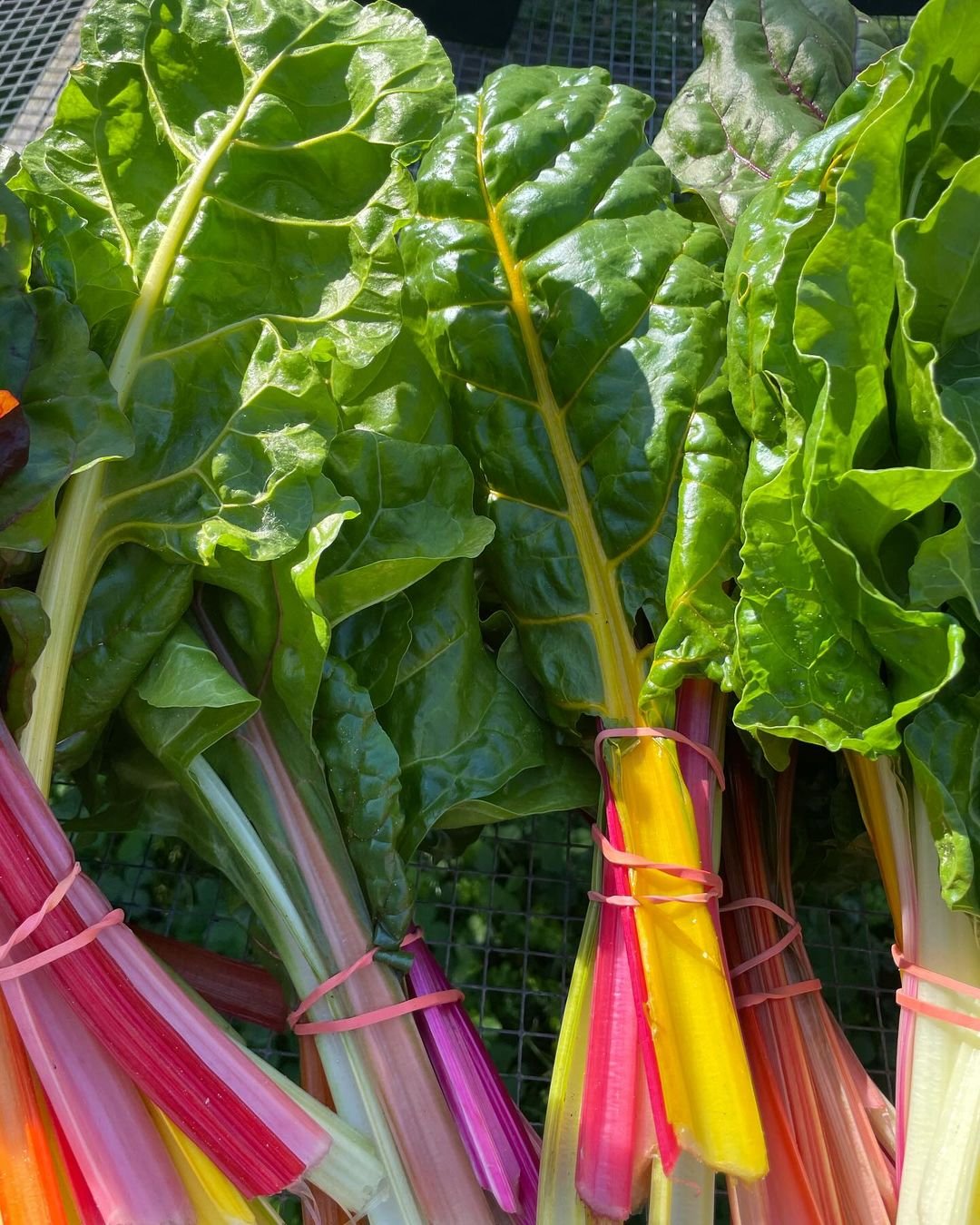
Here is a completed chart with detailed information about Swiss Chard:
| Category | Details |
|---|---|
| Botanical Name | Beta vulgaris subsp. cicla |
| Common Name | Swiss Chard |
| Plant Zone | 3-10 |
| Sun Exposure | Full sun to partial shade |
| Soil Type | Well-drained, rich, and fertile |
| Watering | Regular, keep soil consistently moist |
| Growth Habit | Leafy, upright |
| Height/Spread | 12-18 inches tall, 12-18 inches wide |
| Special Features | Nutritious leaves and colorful stalks (red, yellow, or white), can be grown in containers or gardens, versatile in cooking, thrives in cool weather, can be harvested continuously |
Swiss chard adds color to your indoor garden and your plate.
How to grow Swiss chard indoors:
- Use a deep pot (at least 8 inches)
- Keep soil consistently moist
- Provide plenty of light
- Harvest outer leaves when they’re 4-6 inches tall
Herbs: Fresh Flavors at Your Fingertips
Herbs are perfect for indoor growing. They’re small, grow quickly, and add fresh flavor to your meals.
5. Basil

Basil is a popular herb that smells great and tastes delicious.
Basil growing tips:
- Use well-draining soil
- Give it lots of light – at least 6 hours a day
- Pinch off flower buds to keep leaves growing
- Harvest leaves regularly to encourage bushy growth
6. Mint

Here is a completed chart with detailed information about Mint:
| Category | Details |
|---|---|
| Botanical Name | Mentha spp. |
| Common Name | Mint |
| Plant Zone | 3-11 |
| Sun Exposure | Full sun to partial shade |
| Soil Type | Well-drained, rich in organic matter |
| Watering | Regular, keep soil consistently moist |
| Growth Habit | Spreading, vigorous |
| Height/Spread | 12-24 inches tall, spreads widely |
| Special Features | Aromatic leaves used in cooking, teas, and medicinal applications, can be invasive if not contained, thrives in cool to warm climates, often grown in containers to control spread |
Mint grows fast and is great for beginners.
How to grow mint indoors:
- Plant in its own pot – it spreads quickly
- Keep soil moist
- Provide moderate light
- Harvest leaves as needed for tea or cooking
7. Cilantro

Here is a completed chart with detailed information about Cilantro:
| Category | Details |
|---|---|
| Botanical Name | Coriandrum sativum |
| Common Name | Cilantro, Coriander (leaves) |
| Plant Zone | 3-11 |
| Sun Exposure | Full sun to partial shade |
| Soil Type | Well-drained, rich in organic matter |
| Watering | Regular, keep soil consistently moist but not waterlogged |
| Growth Habit | Upright, bushy |
| Height/Spread | 12-18 inches tall, 12-18 inches wide |
| Special Features | Aromatic leaves used in cooking and garnishing, edible seeds (coriander) used as spice, prefers cooler weather, can bolt quickly in hot temperatures |
Cilantro adds fresh flavor to many dishes and grows quickly indoors.
Cilantro growing tips:
- Plant seeds every few weeks for a constant supply
- Keep it cool – around 60-70°F is best
- Water when the top of the soil feels dry
- Harvest whole plants or individual leaves
8. Chives

Here is a completed chart with detailed information about Chives:
| Category | Details |
|---|---|
| Botanical Name | Allium schoenoprasum |
| Common Name | Chives |
| Plant Zone | 3-9 |
| Sun Exposure | Full sun to partial shade |
| Soil Type | Well-drained, rich in organic matter |
| Watering | Regular, keep soil consistently moist but not waterlogged |
| Growth Habit | Upright, clumping |
| Height/Spread | 6-12 inches tall, 6-12 inches wide |
| Special Features | Mild, onion-like flavor, edible leaves and flowers, often used as a garnish or in cooking, can be grown in containers or gardens, thrives in cooler weather, perennial in most zones |
Chives are easy to grow and add a mild onion flavor to dishes.
How to grow chives inside:
- Use a pot at least 6 inches deep
- Provide at least 6 hours of light daily
- Water when the top inch of soil feels dry
- Cut leaves from the outside of the plant as needed
Root Vegetables: Hidden Treasures
You might be surprised to learn that you can grow some root vegetables indoors too!
9. Carrots
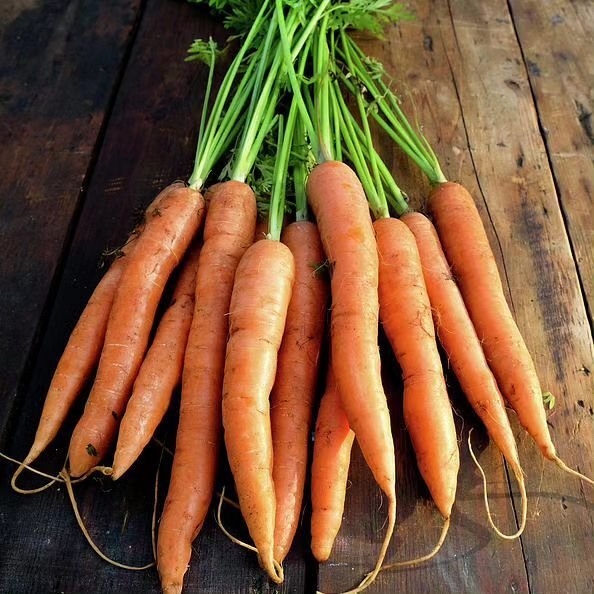
Here is a completed chart with detailed information about Carrots:
| Category | Details |
|---|---|
| Botanical Name | Daucus carota |
| Common Name | Carrot |
| Plant Zone | 3-10 |
| Sun Exposure | Full sun to partial shade |
| Soil Type | Well-drained, loose, and sandy |
| Watering | Regular, keep soil consistently moist but not waterlogged |
| Growth Habit | Upright, root-forming |
| Height/Spread | 6-12 inches tall, 2-4 inches wide (roots) |
| Special Features | Edible, sweet, crunchy roots, varieties include different colors (orange, purple, yellow), can be grown in containers or gardens, prefers cool weather for best flavor |
Yes, you can grow carrots indoors! Choose shorter varieties for best results.
Carrot growing tips:
- Use a deep pot (at least 12 inches)
- Keep soil consistently moist
- Thin seedlings to allow space for roots to grow
- Harvest when the tops of carrots are visible at soil level
10. Radishes

Here is a completed chart with detailed information about Radishes:
| Category | Details |
|---|---|
| Botanical Name | Raphanus sativus |
| Common Name | Radish |
| Plant Zone | 2-11 |
| Sun Exposure | Full sun to partial shade |
| Soil Type | Well-drained, light, and loamy |
| Watering | Regular, keep soil consistently moist but not waterlogged |
| Growth Habit | Upright, root-forming |
| Height/Spread | 6-12 inches tall, 2-4 inches wide (roots) |
| Special Features | Edible, crisp roots with a peppery flavor, quick-growing, various colors and shapes (red, white, purple), can be grown in containers or gardens, ideal for cool weather |
Radishes grow quickly and don’t need much space.
How to grow radishes indoors:
- Use a pot at least 6 inches deep
- Sow seeds every two weeks for a continuous harvest
- Keep soil moist but not waterlogged
- Harvest when roots are about 1 inch in diameter
11. Beets

Here is a completed chart with detailed information about Beets:
| Category | Details |
|---|---|
| Botanical Name | Beta vulgaris |
| Common Name | Beet, Beetroot |
| Plant Zone | 2-10 |
| Sun Exposure | Full sun to partial shade |
| Soil Type | Well-drained, rich in organic matter |
| Watering | Regular, keep soil consistently moist but not waterlogged |
| Growth Habit | Upright, root-forming |
| Height/Spread | 12-18 inches tall, 6-12 inches wide (roots) |
| Special Features | Edible roots and greens, roots are sweet and can be red, golden, or striped, versatile in cooking, can be grown in containers or gardens, prefers cooler weather for best flavor |
Beets grow well in containers and you can eat both the roots and leaves.
Beet growing tips:
- Use a pot at least 8 inches deep
- Thin seedlings to 3 inches apart
- Keep soil evenly moist
- Harvest leaves for salads and roots when they’re 1-2 inches in diameter
Alliums: Flavorful and Easy
Alliums are the onion family. They’re easy to grow and add lots of flavor to your cooking.
12. Green Onions
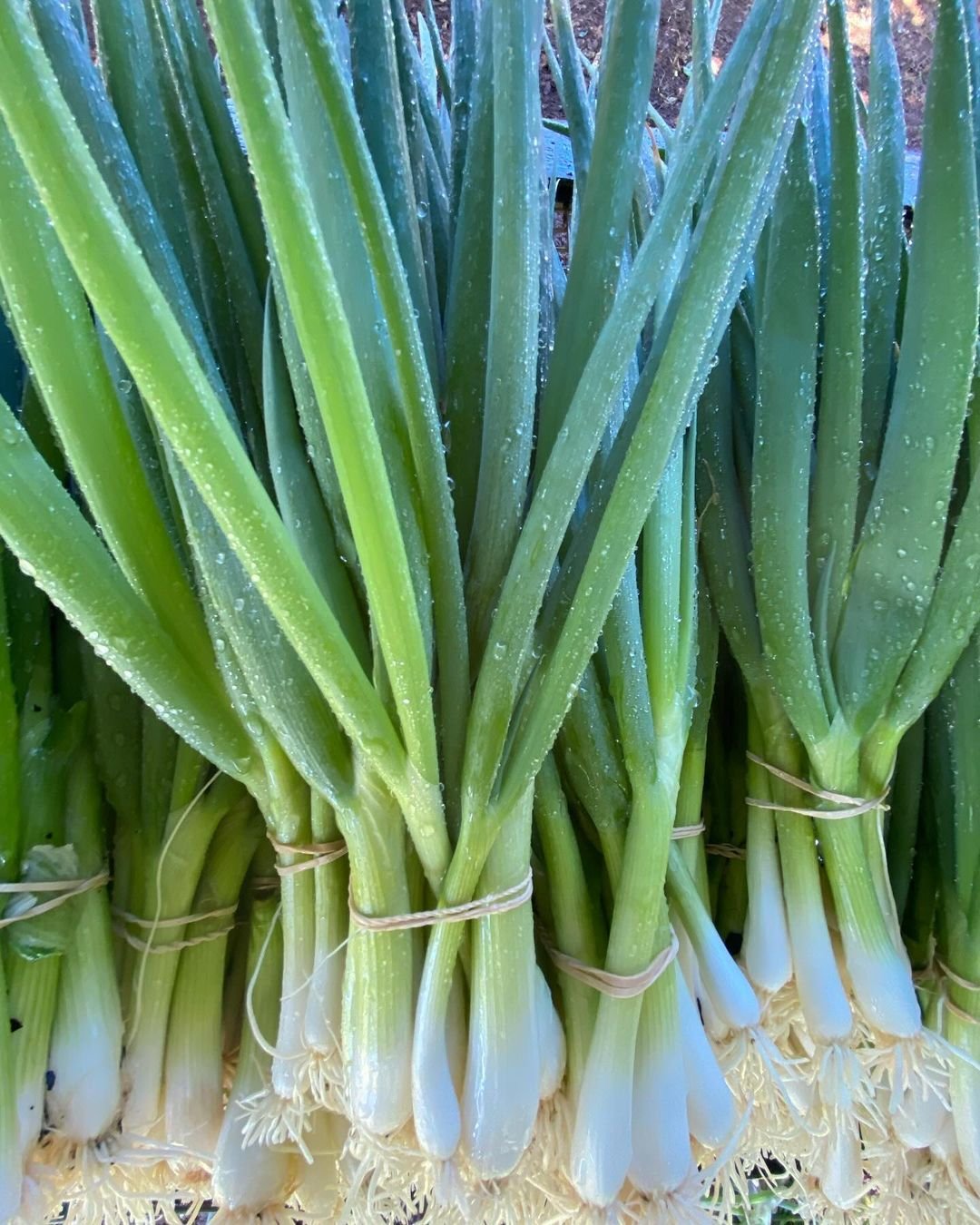
Here is a completed chart with detailed information about Green Onions:
| Category | Details |
|---|---|
| Botanical Name | Allium fistulosum |
| Common Name | Green Onion, Scallion |
| Plant Zone | 3-9 |
| Sun Exposure | Full sun to partial shade |
| Soil Type | Well-drained, rich in organic matter |
| Watering | Regular, keep soil consistently moist but not waterlogged |
| Growth Habit | Upright, clumping |
| Height/Spread | 8-12 inches tall, 4-6 inches wide |
| Special Features | Edible stalks and leaves with a mild onion flavor, often used as a garnish or in cooking, can be grown in containers or gardens, can regrow from the base if placed in water, versatile in culinary uses |
Green onions are one of the easiest vegetables to grow indoors.
How to grow green onions:
- Regrow from store-bought green onions by placing roots in water
- Change water every few days
- Transfer to soil once roots are established
- Harvest the green tops as needed
13. Garlic Greens
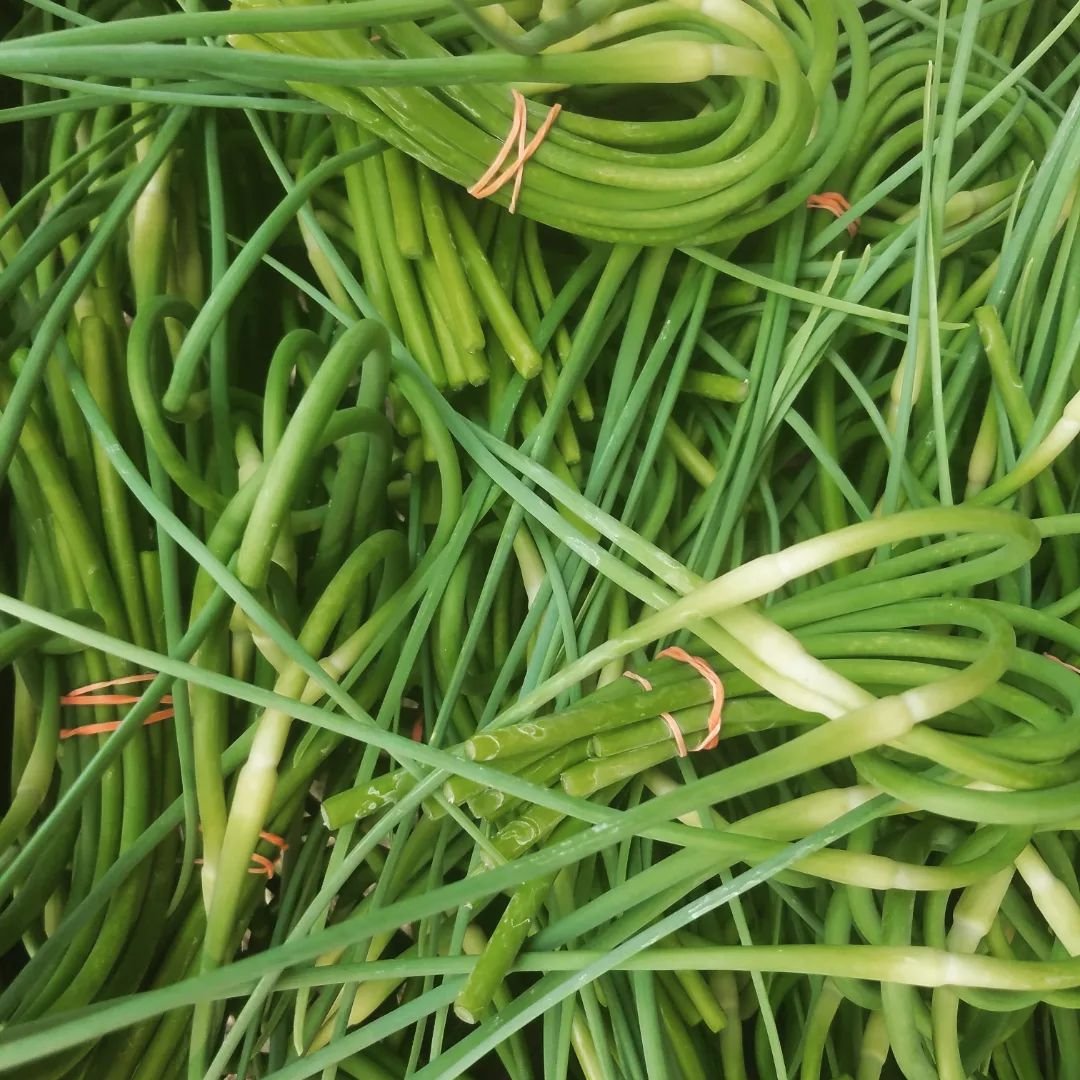
Here is a completed chart with detailed information about Garlic Greens:
| Category | Details |
|---|---|
| Botanical Name | Allium sativum |
| Common Name | Garlic Greens, Garlic Scapes |
| Plant Zone | 3-9 |
| Sun Exposure | Full sun to partial shade |
| Soil Type | Well-drained, rich in organic matter |
| Watering | Regular, keep soil consistently moist but not waterlogged |
| Growth Habit | Upright, stem-forming |
| Height/Spread | 12-24 inches tall, 6-8 inches wide |
| Special Features | Edible flowering stems of garlic, with a mild garlic flavor, used in cooking and salads, can be grown from garlic bulbs, harvested before flowering for best flavor, versatile in culinary uses |
While you can’t grow full garlic bulbs indoors, you can grow tasty garlic greens.
Garlic green growing tips:
- Plant individual cloves in soil, pointed end up
- Water lightly and place in a sunny spot
- Harvest greens when they’re 6-8 inches tall
- Use in cooking like you would use chives or green onions
Fruiting Vegetables: A Fun Challenge
Growing vegetables that produce fruit indoors can be tricky, but it’s possible with the right care.
14. Cherry Tomatoes

Here is a completed chart with detailed information about Cherry Tomatoes:
| Category | Details |
|---|---|
| Botanical Name | Solanum lycopersicum |
| Common Name | Cherry Tomato |
| Plant Zone | 4-11 |
| Sun Exposure | Full sun |
| Soil Type | Well-drained, rich in organic matter |
| Watering | Regular, keep soil consistently moist but not waterlogged |
| Growth Habit | Vining or bushy |
| Height/Spread | 2-6 feet tall, 1-3 feet wide |
| Special Features | Small, sweet tomatoes, ideal for snacking and salads, high yield, can be grown in containers or gardens, often requires staking or support, varieties include red, yellow, and orange types |
Small tomato varieties can be grown indoors with the right care.
Tomato growing tips:
- Choose dwarf or determinate varieties
- Provide at least 8 hours of light daily
- Use a large pot (at least 12 inches deep) and stake plants for support
- Hand-pollinate flowers by gently shaking the plant
Learn more about growing tomatoes indoors.
15. Peppers
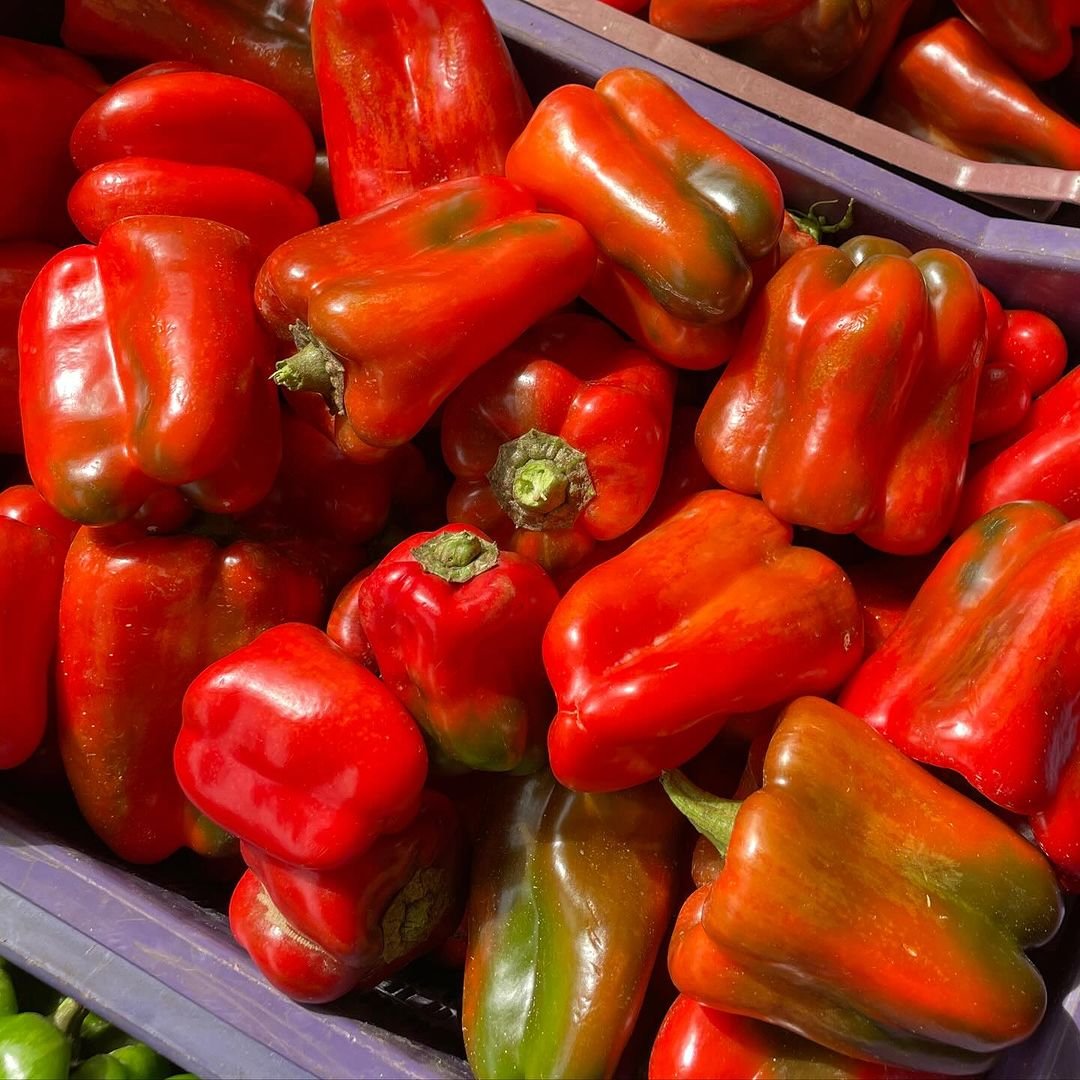
Here is a completed chart with detailed information about Peppers:
| Category | Details |
|---|---|
| Botanical Name | Capsicum spp. |
| Common Name | Pepper |
| Plant Zone | 9-11 |
| Sun Exposure | Full sun |
| Soil Type | Well-drained, rich in organic matter |
| Watering | Regular, keep soil consistently moist but not waterlogged |
| Growth Habit | Upright, bushy |
| Height/Spread | 18-24 inches tall, 12-18 inches wide |
| Special Features | Edible fruits with varying heat levels (bell peppers to hot peppers), used in a variety of cuisines, can be grown in containers or gardens, requires warm temperatures for best growth, often needs staking or support for heavy fruit |
Small pepper varieties can thrive indoors.
How to grow peppers inside:
- Choose compact varieties like Thai peppers or small bell peppers
- Provide plenty of light – at least 8 hours daily
- Use well-draining soil
- Hand-pollinate flowers using a small brush
16. Microgreens
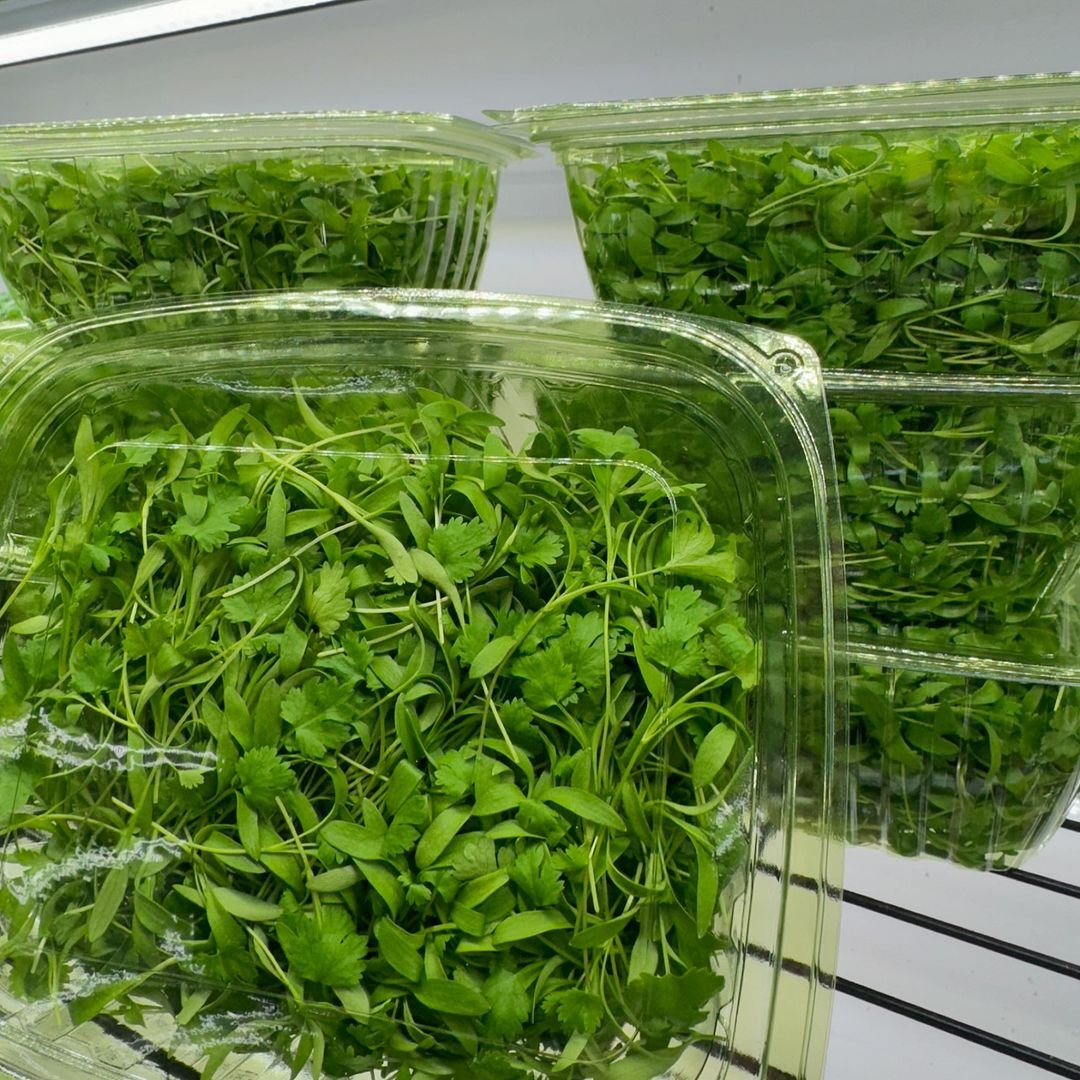
Here is a completed chart with detailed information about Microgreens:
| Category | Details |
|---|---|
| Botanical Name | Various (e.g., Brassica spp., Lepidium sativum) |
| Common Name | Microgreens |
| Plant Zone | 2-11 (often grown indoors) |
| Sun Exposure | Bright indirect light to full sun |
| Soil Type | Well-drained, rich in organic matter |
| Watering | Regular, keep soil consistently moist |
| Growth Habit | Upright, compact |
| Height/Spread | 1-4 inches tall, varies by type |
| Special Features | Edible young seedlings of various plants (e.g., radish, arugula, mustard), harvested when they are still tender, high in nutrients, can be grown indoors or outdoors in containers, quick-growing (typically harvested in 7-14 days), adds flavor and texture to dishes |
Microgreens are vegetable seedlings harvested when very young.
Microgreen growing tips:
- Use a shallow tray filled with potting mix
- Sprinkle seeds densely over the soil
- Keep soil moist and provide bright light
- Harvest when seedlings have their first set of true leaves
17. Sprouts
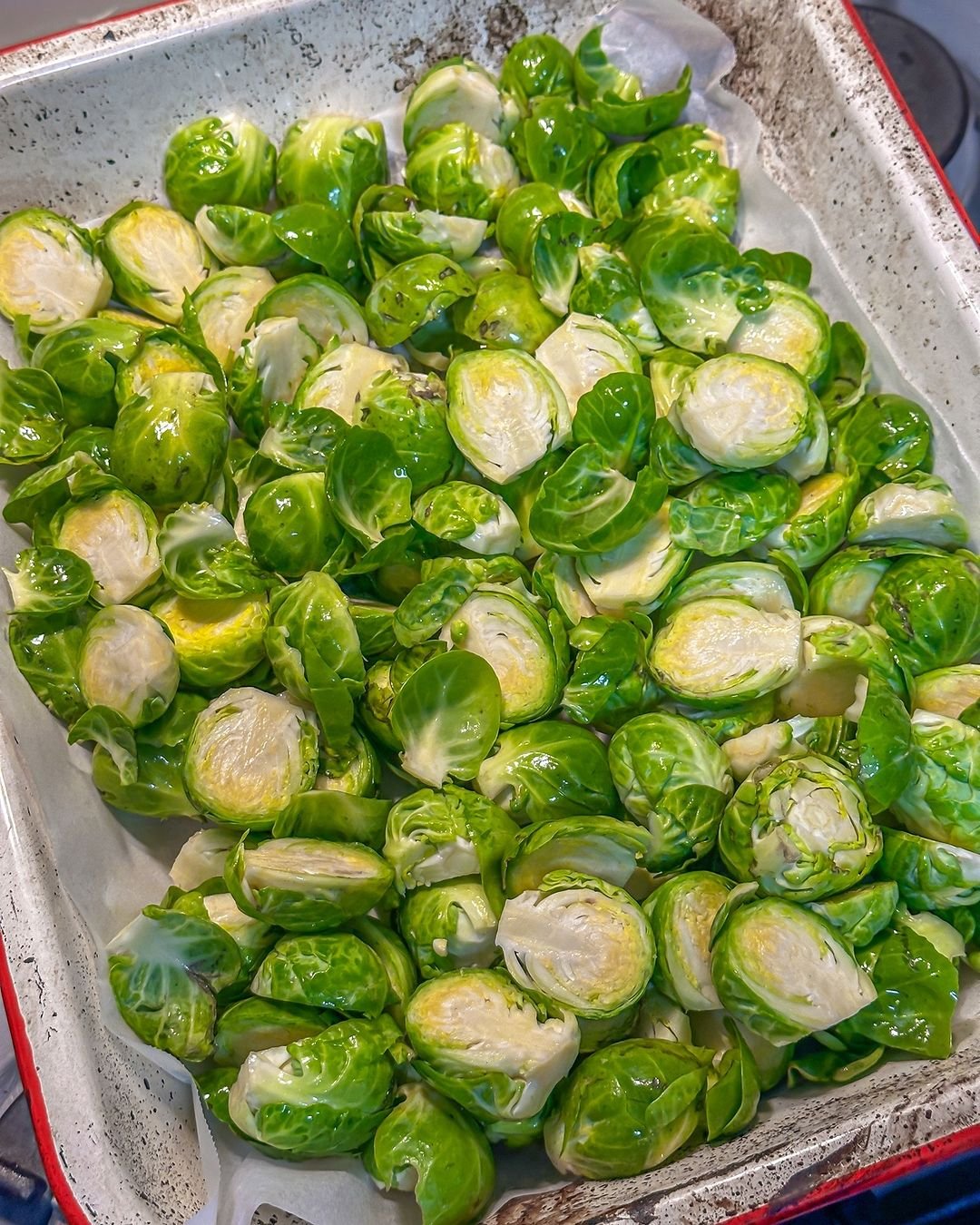
Sprouts are seeds germinated in water, not soil.
How to grow sprouts:
- Use a jar with a mesh lid or a sprouting tray
- Rinse seeds 2-3 times daily
- Keep in a dark place until sprouts appear
- Harvest when sprouts are 1-2 inches long
18. Mushrooms

Here is a completed chart with detailed information about Mushrooms:
| Category | Details |
|---|---|
| Botanical Name | Various (e.g., Agaricus bisporus, Pleurotus ostreatus) |
| Common Name | Mushroom |
| Plant Zone | 4-11 (often grown indoors) |
| Sun Exposure | Low light to indirect light |
| Soil Type | Substrate (e.g., compost, straw) |
| Watering | Regular, keep substrate moist but not waterlogged |
| Growth Habit | Varies by type (e.g., cap and stem) |
| Height/Spread | Varies by type, generally 2-6 inches tall |
| Special Features | Edible fungi with a range of flavors and textures, can be grown indoors or outdoors on various substrates, popular types include button, shiitake, and oyster mushrooms, often used in cooking and culinary applications, requires specific conditions for growth (temperature, humidity) |
While not technically a vegetable, mushrooms are a fun indoor crop.
Mushroom growing tips:
- Buy a mushroom growing kit for easiest results
- Keep in a dark, humid place
- Harvest when caps have opened but before they release spores
More Vegetables to Try Indoors
19. Dwarf Bok Choy
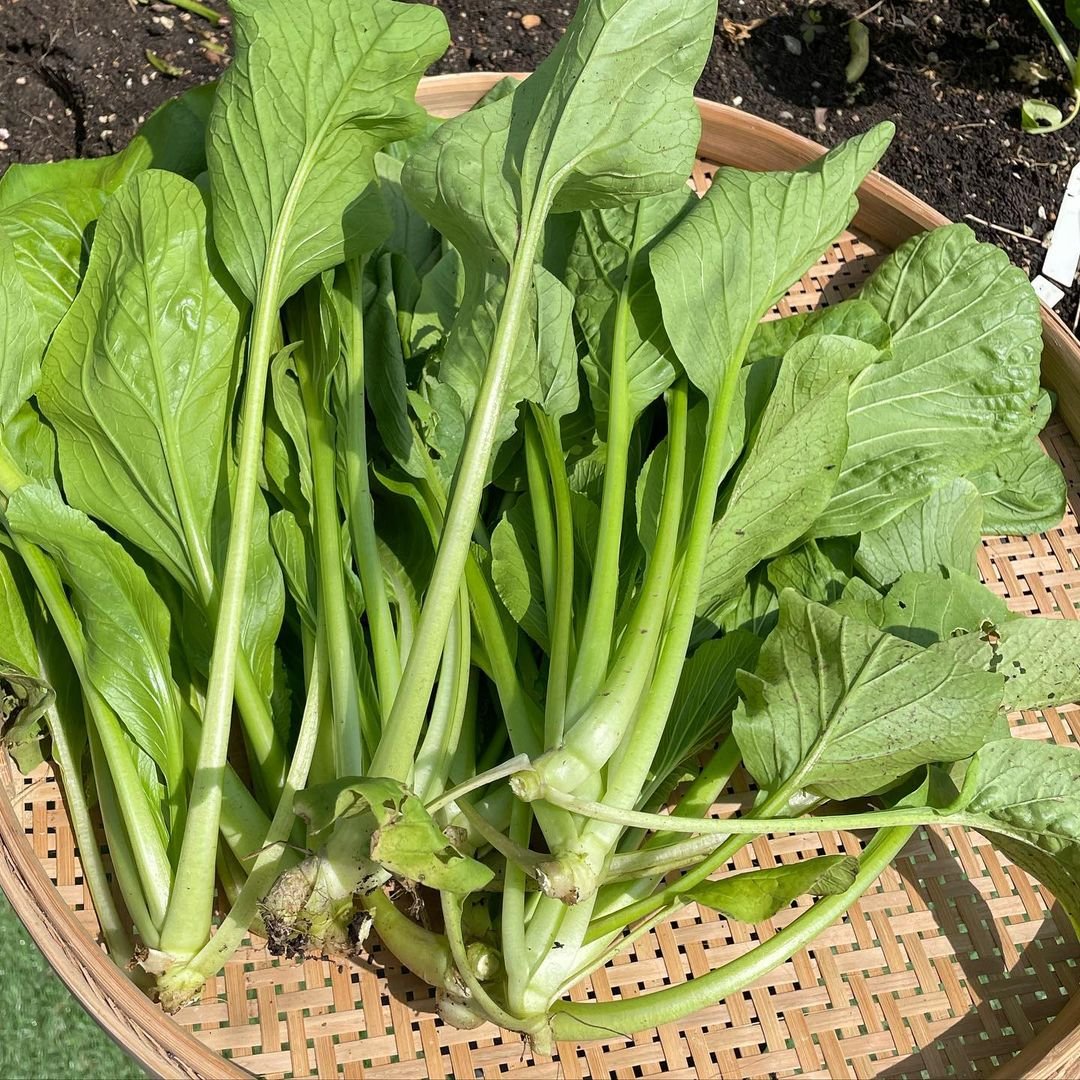
Bok choy is a type of Chinese cabbage that grows well indoors.
How to grow bok choy inside:
- Use a pot at least 6 inches deep
- Keep soil consistently moist
- Provide 6-8 hours of light daily
- Harvest whole plants or individual leaves
20. Mustard Greens
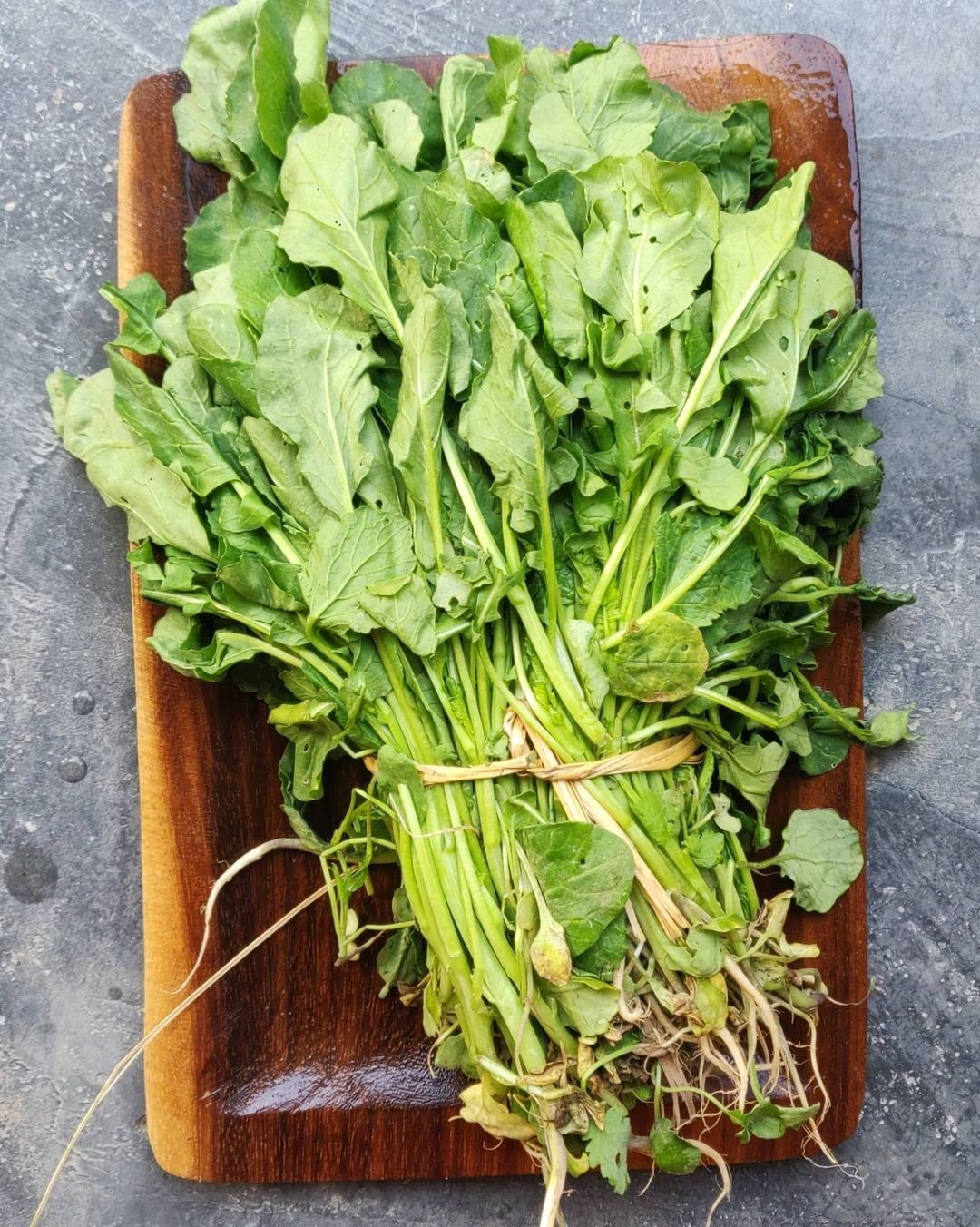
Here is a completed chart with detailed information about Mustard:
| Category | Details |
|---|---|
| Botanical Name | Brassica juncea (for mustard greens), Sinapis alba (for mustard seeds) |
| Common Name | Mustard |
| Plant Zone | 2-11 |
| Sun Exposure | Full sun to partial shade |
| Soil Type | Well-drained, rich in organic matter |
| Watering | Regular, keep soil consistently moist but not waterlogged |
| Growth Habit | Upright, bushy |
| Height/Spread | 12-24 inches tall, 12-18 inches wide |
| Special Features | Edible leaves used as greens or in salads, seeds used to make mustard condiment, fast-growing, can be grown in containers or gardens, prefers cooler weather, also used as a cover crop |
Mustard greens add a spicy kick to salads and grow quickly.
Mustard green growing tips:
- Plant in a container at least 4 inches deep
- Keep soil moist but not waterlogged
- Harvest outer leaves when they’re 3-4 inches long
- Grow in cool temperatures for best flavor
21. Watercress
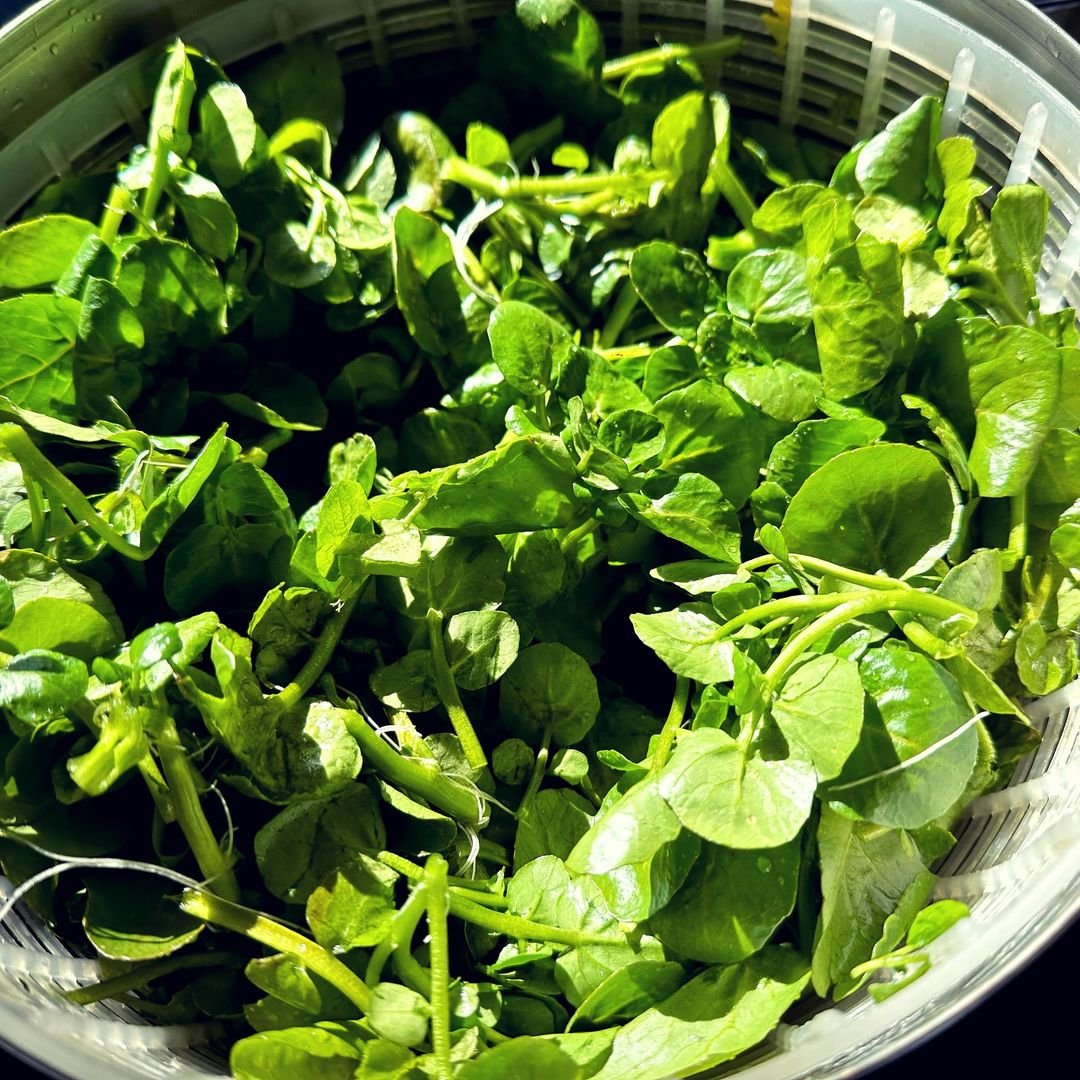
Here is a completed chart with detailed information about Watercress:
| Category | Details |
|---|---|
| Botanical Name | Nasturtium officinale |
| Common Name | Watercress |
| Plant Zone | 4-10 |
| Sun Exposure | Partial shade to full sun |
| Soil Type | Moist, rich in organic matter |
| Watering | Requires constant moisture, can be grown in water or wet soil |
| Growth Habit | Spreading, trailing |
| Height/Spread | 6-12 inches tall, spreads widely |
| Special Features | Edible, peppery-flavored leaves, often used in salads and soups, thrives in cool, moist environments, can be grown in containers, aquaponics, or gardens, high in vitamins and minerals |
Watercress grows well in very moist conditions.
How to grow watercress indoors:
- Use a wide, shallow container with no drainage holes
- Keep soil very wet or grow in a hydroponic system
- Provide bright, indirect light
- Harvest stems when they’re 4-6 inches long
22. Arugula

Here is a completed chart with detailed information about Arugula:
| Category | Details |
|---|---|
| Botanical Name | Eruca sativa |
| Common Name | Arugula |
| Plant Zone | 4-11 |
| Sun Exposure | Full sun to partial shade |
| Soil Type | Well-drained, rich in organic matter |
| Watering | Regular, keep soil consistently moist but not waterlogged |
| Growth Habit | Upright, leafy |
| Height/Spread | 6-12 inches tall, 12-18 inches wide |
| Special Features | Edible, peppery-flavored leaves, used in salads, sandwiches, and as a garnish, fast-growing, prefers cooler weather, can be grown in containers or gardens, often harvested young for best flavor |
Arugula is a fast-growing green with a peppery taste.
Arugula growing tips:
- Sow seeds directly in a pot at least 4 inches deep
- Thin seedlings to 3 inches apart
- Harvest outer leaves when they’re 2-3 inches long
- Grows best in cool temperatures
23. Dwarf Peas
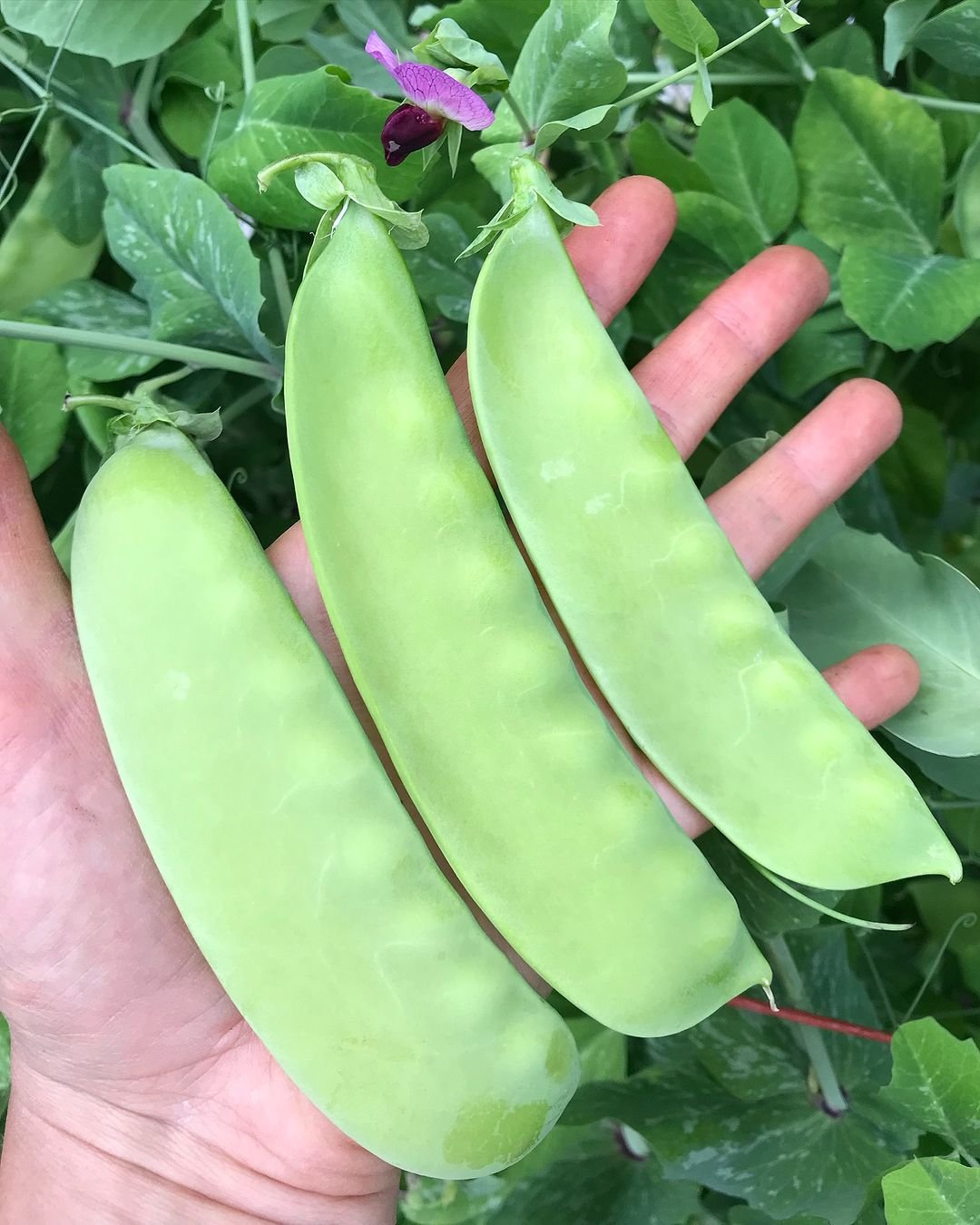
Here is a completed chart with detailed information about Dwarf Peas:
| Category | Details |
|---|---|
| Botanical Name | Pisum sativum |
| Common Name | Dwarf Peas |
| Plant Zone | 2-11 |
| Sun Exposure | Full sun to partial shade |
| Soil Type | Well-drained, rich in organic matter |
| Watering | Regular, keep soil consistently moist but not waterlogged |
| Growth Habit | Compact, bushy |
| Height/Spread | 6-12 inches tall, 6-12 inches wide |
| Special Features | Edible pods and peas, compact growth ideal for small gardens and containers, cool-season crop, quick-growing, requires support if tall varieties are grown, also known as “bush peas” |
Some pea varieties can be grown indoors for their shoots and pods.
How to grow peas inside:
- Choose dwarf varieties like ‘Tom Thumb’
- Use a pot at least 8 inches deep with a small trellis
- Provide cooler temperatures (60-65°F) for best growth
- Harvest pea shoots when young or wait for pods to develop
24. Celery

Here is a completed chart with detailed information about Celery:
| Category | Details |
|---|---|
| Botanical Name | Apium graveolens |
| Common Name | Celery |
| Plant Zone | 4-10 |
| Sun Exposure | Full sun to partial shade |
| Soil Type | Well-drained, rich in organic matter |
| Watering | Regular, keep soil consistently moist but not waterlogged |
| Growth Habit | Upright, clumping |
| Height/Spread | 12-18 inches tall, 8-12 inches wide |
| Special Features | Edible stalks and leaves, used in salads, soups, and cooking, prefers cooler temperatures for best flavor, can be grown in containers or gardens, requires consistent moisture and nutrient-rich soil |
You can regrow celery from the base of a store-bought bunch.
Celery growing tips:
- Cut off the bottom 2 inches of a celery bunch and place in water
- Transfer to soil once new leaves appear
- Keep soil consistently moist
- Harvest outer stalks as needed
General Tips for Success
Here are some tips to help all your indoor vegetables grow well:
- Light: Most vegetables need at least 6 hours of light daily. Use sunny windows or grow lights.
- Soil: Use good quality potting mix, not garden soil.
- Water: Keep soil moist but not waterlogged. Use pots with drainage holes.
- Temperature: Most vegetables like temperatures between 65-75°F (18-24°C).
- Fertilizer: Use a balanced, water-soluble fertilizer every 2-4 weeks.
- Containers: Choose pots that fit the vegetable’s size and root depth.
- Pests: Check plants regularly for bugs. Use natural remedies or insecticidal soap if needed.
Troubleshooting Common Problems
Even with good care, you might run into some problems. Here are some common issues and how to fix them:
- Yellow leaves: This could mean too much water or not enough nutrients. Check your watering and fertilizing.
- Stretchy, weak plants: This usually means not enough light. Move plants closer to a window or use grow lights.
- No growth: Check if your plant is getting enough light, water and nutrients. Also make sure the temperature isn’t too cold.
- Pests: If you see tiny bugs, try washing them off with water or using insecticidal soap.
- Mold on soil: This means the soil is staying too wet. Water less often and improve air circulation.
Growing vegetables indoors is a fun and rewarding hobby. With these 24 vegetables and the tips provided, you can enjoy fresh, homegrown produce all year round. Remember, each plant has its own needs, so pay attention to what works best in your space.
Start with easy plants like lettuce, herbs, and microgreens. As you gain experience, try more challenging vegetables. Don’t be discouraged if some plants don’t work out – that’s part of learning!
Indoor gardening is a great way to connect with nature, eat healthier, and enjoy the satisfaction of growing your own food. So pick a few vegetables from this list, gather your supplies and start your indoor garden today. Happy growing!
For more gardening tips and plant care guides, visit usagardenweb.com

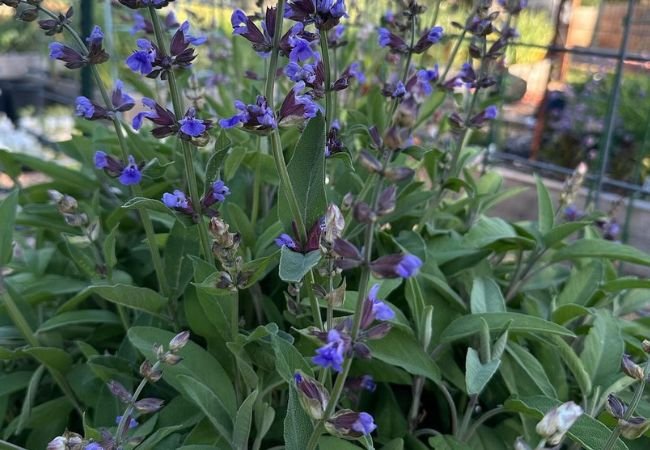
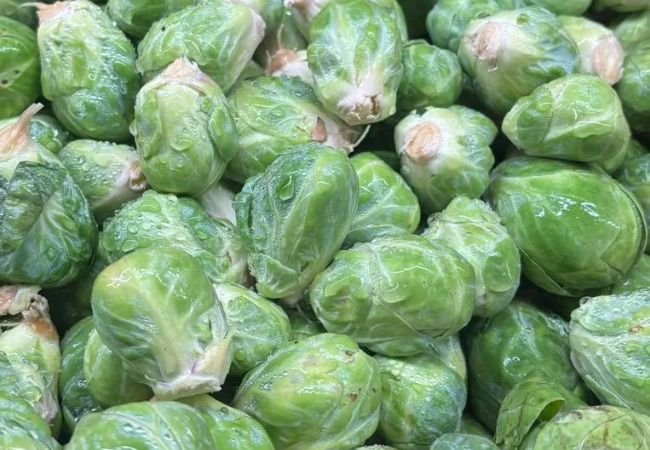
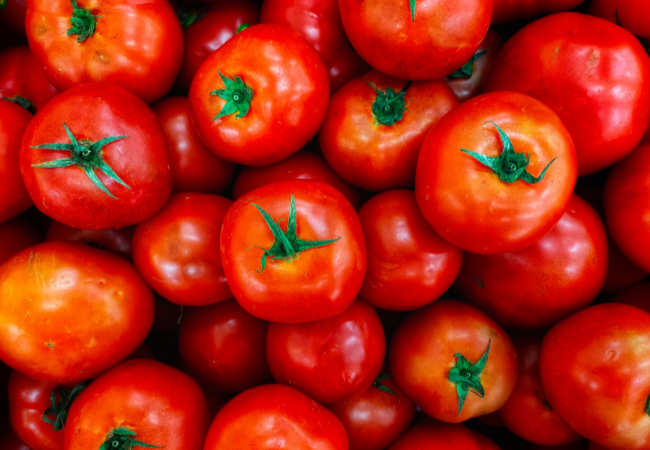
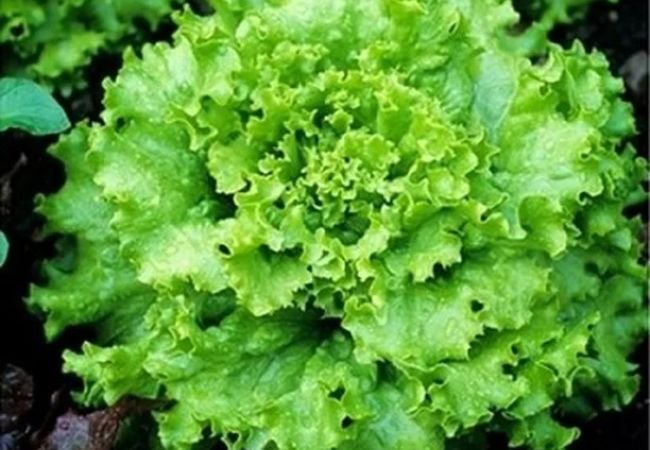
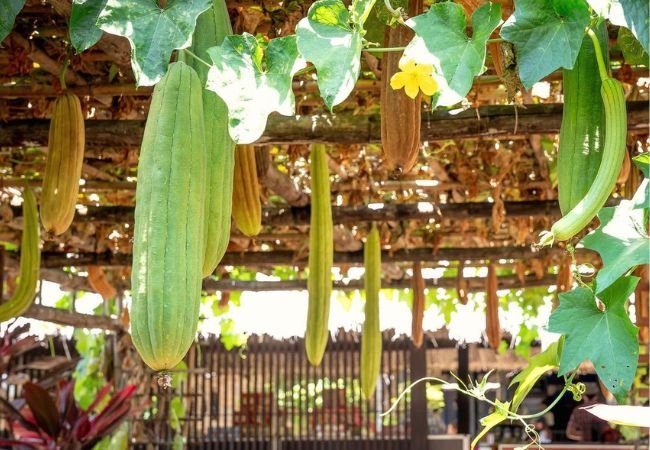
One Comment